Archives
- 2025-10
- 2023-07
- 2023-06
- 2023-05
- 2023-04
- 2023-03
- 2023-02
- 2023-01
- 2022-12
- 2022-11
- 2022-10
- 2022-09
- 2022-08
- 2022-07
- 2022-06
- 2022-05
- 2022-04
- 2022-03
- 2022-02
- 2022-01
- 2021-12
- 2021-11
- 2021-10
- 2021-09
- 2021-08
- 2021-07
- 2021-06
- 2021-05
- 2021-04
- 2021-03
- 2021-02
- 2021-01
- 2020-12
- 2020-11
- 2020-10
- 2020-09
- 2020-08
- 2020-07
- 2020-06
- 2020-05
- 2020-04
- 2020-03
- 2020-02
- 2020-01
- 2019-12
- 2019-11
- 2019-10
- 2019-09
- 2019-08
- 2019-07
- 2019-06
- 2019-05
- 2019-04
- 2018-11
- 2018-10
- 2018-07
-
Nebivolol Hydrochloride: Advancing Precision in β1-Adrene...
2025-10-23
Nebivolol hydrochloride stands at the forefront of cardiovascular pharmacology and β1-adrenergic receptor signaling research, not only as a highly selective β1 blocker but also as a pathway-dissection tool with validated mechanistic specificity. This thought-leadership article blends fundamental biological rationale, recent experimental findings—including robust pathway validation excluding mTOR interactions—competitive positioning, and strategic guidance for translational researchers. We contextualize Nebivolol hydrochloride’s unique value, linking to advanced resources and clarifying its role beyond conventional product discussions.
-
Nebivolol Hydrochloride in β1-Adrenergic Signaling Research
2025-10-22
Nebivolol hydrochloride stands out as a highly selective β1-adrenoceptor antagonist, enabling precise dissection of β1-adrenergic receptor pathways in cardiovascular pharmacology research. Its validated specificity and robust performance make it an essential tool for distinguishing adrenergic signaling from off-target effects, such as mTOR pathway modulation. Discover actionable workflows, advanced applications, and troubleshooting strategies to maximize research impact.
-
Rewiring Apoptosis in Translational Oncology: Strategic D...
2025-10-21
This thought-leadership article unites mechanistic insight into inhibitor of apoptosis proteins (IAPs) signaling with actionable strategies for translational researchers. We unpack the biological rationale for targeting IAPs using AT-406 (SM-406), synthesize recent advances from in vivo CRISPR screens on host-pathogen interactions, and map a forward-looking agenda for leveraging apoptosis pathway activation in cancer research. Going beyond conventional product literature, we provide an integrated perspective on experimental design, preclinical and clinical validation, and the evolving landscape of apoptosis modulation.
-
Ruthenium Red: Strategic Dissection of Calcium Signaling ...
2025-10-20
This thought-leadership article delivers a mechanistic and strategic exploration of Ruthenium Red as a gold-standard calcium transport inhibitor. Bridging cytoskeleton-dependent calcium signaling, mechanical stress-induced autophagy, and inflammation, we provide actionable insights and experimental guidance for translational researchers. By integrating evidence from recent mechanobiology literature and positioning Ruthenium Red within the evolving competitive landscape, we empower researchers seeking innovation in foundational discovery and clinical translation.
-
Sulfo-NHS-SS-Biotin: Revolutionizing Cell Surface Proteomics
2025-10-19
Discover how Sulfo-NHS-SS-Biotin, a leading amine-reactive biotinylation reagent, is advancing cell surface protein profiling and therapeutic target discovery. This article uniquely explores its mechanistic role in modern proteomics and translational research.
-
Applied Workflows with (-)-Arctigenin: Advanced Anti-Infl...
2025-10-18
(-)-Arctigenin sets a new standard for mechanistic and translational research, offering potent anti-inflammatory and antiviral properties with precise targeting of NF-κB and MAPK/ERK signaling. This guide delivers actionable protocols, advanced troubleshooting, and comparative insights—empowering researchers to dissect tumor microenvironment crosstalk and accelerate bench-to-bedside innovation.
-
Cisapride (R 51619): Mechanistic Precision and Strategic ...
2025-10-17
This thought-leadership article explores how Cisapride (R 51619), a nonselective 5-HT4 receptor agonist and potent hERG potassium channel inhibitor, is reshaping the landscape of cardiac electrophysiology and predictive cardiotoxicity research. Blending mechanistic insight with strategic guidance, we examine the compound’s role as an indispensable tool for translational investigators. We integrate evidence from deep learning-enabled iPSC-cardiomyocyte phenotypic screening, delineate experimental best practices, and position Cisapride as a precision probe for de-risking early-stage drug development. This article builds on foundational discussions while offering an expanded, future-oriented perspective that transcends conventional product narratives.
-
Bay 11-7821 (BAY 11-7082): Targeting NF-κB and Inflammaso...
2025-10-16
Explore the mechanistic depth and translational potential of Bay 11-7821 as a dual IKK and NF-κB pathway inhibitor in cancer research. This article uniquely connects Bay 11-7821’s action to recent breakthroughs in immune memory and tumor microenvironment modulation.
-
br GMF Remodels Actin Networks at the Leading
2023-07-06
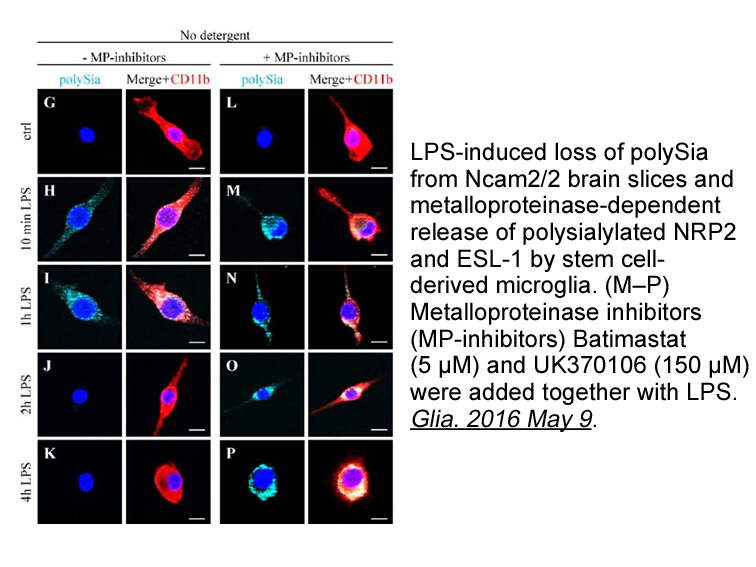
GMF Remodels Actin Networks at the Leading Edge How are the conserved activities of GMF used in vivo to regulate branched Progesterone networks (e.g., at sites of endocytosis and at the leading edge) (Figure 2A,B)? In animal cells, the regulatory effects of GMF on actin networks appear to govern
-
The zebrafish Danio rerio is a popular
2023-07-06
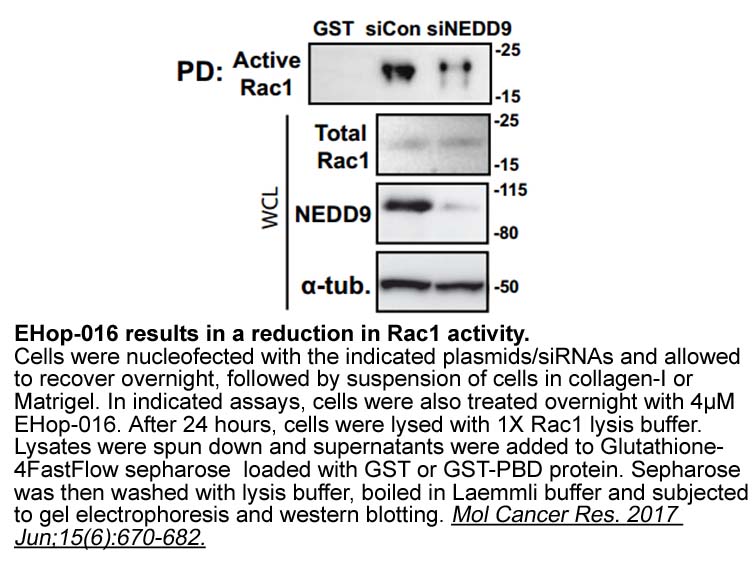
The zebrafish (Danio rerio) is a popular model organism for virtually any biological function of vertebrates, and has, therefore, received a wide distribution in particular in developmental biology and toxicology (Strähle et al., 2012). With respect to AChE, the zebrafish has, e.g., been identified
-
Microcystin-LR Although effects of low concentrations of ago
2023-07-06
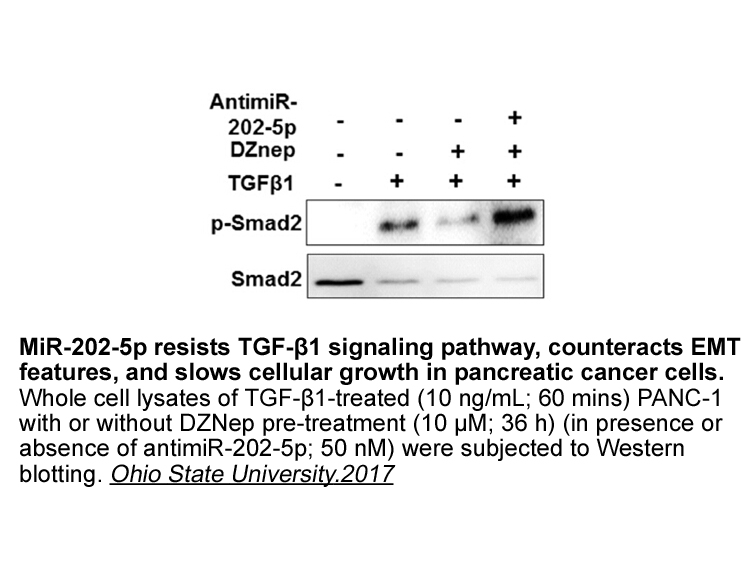
Although effects of low concentrations of agonist were not as thoroughly documented for heteromeric receptors such as the major Microcystin-LR α4β2 nAChR, a similar mechanism of action was described to explain the potentiation of these receptors with low concentrations of acetylcholine-esterase-inh
-
br Activity and expression of aromatase in
2023-07-05
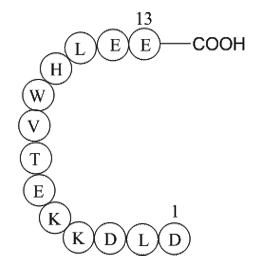
Activity and expression of aromatase in the hippocampus The brain, like the adrenals, gonads and the placenta, is a steroidogenic organ. This paradigm emerged from studies carried out as early as the 1980s by Baulieu and co-workers; these studies showed that steroids such as pregnenolone and dehy
-
As a neuropeptide Apelin also has a critical role in
2023-07-05

As a neuropeptide, Apelin also has a critical role in cardiovascular diseases. Systemic administration of Apelin exert vasodilatory and antihypertensive effects [33]. Meanwhile, the apelin-APJ signal transduction pathway is related to age-associated cardiovascular diseases [34]. It has been known th
-
As the experimental procedure used
2023-07-05
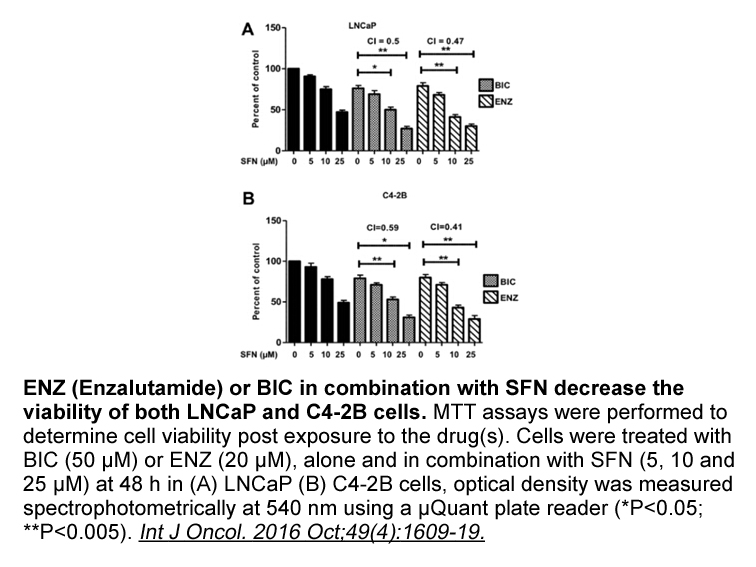
As the experimental procedure used could reflect agonist-stimulation of both anterograde and retrograde APJ trafficking, as has been described for the δ-opioid peptide receptor (Zhang et al., 2006b, Zhang et al., 2006a), receptor internalization was more directly monitored by loading cell surface HA
-
Pyridoxine HCl Using the same techniques we found that UCP a
2023-07-05
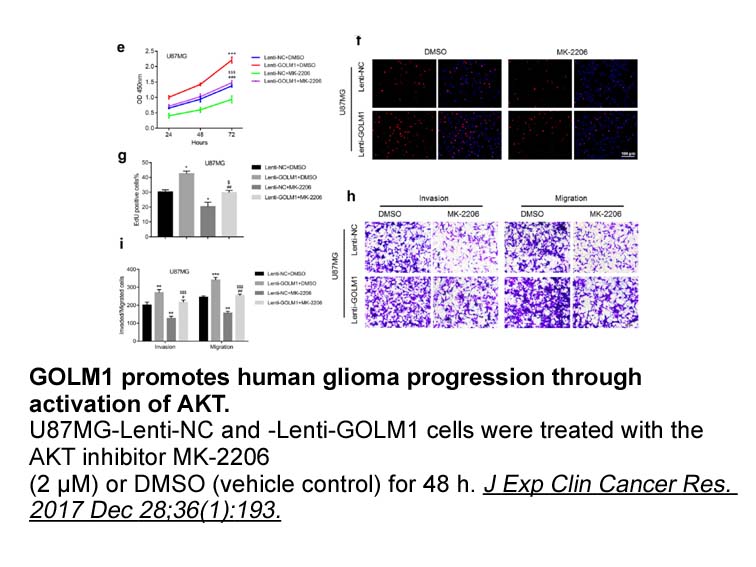
Using the same techniques, we found that UCP3 also has a half-life of between 1 and 4h [117]. In Pyridoxine HCl to UCP2 and UCP3, UCP1 and ANT had much longer half-lives and could not be degraded in the cell-free reconstituted system, suggesting their degradation is not mediated by the cytosolic pro